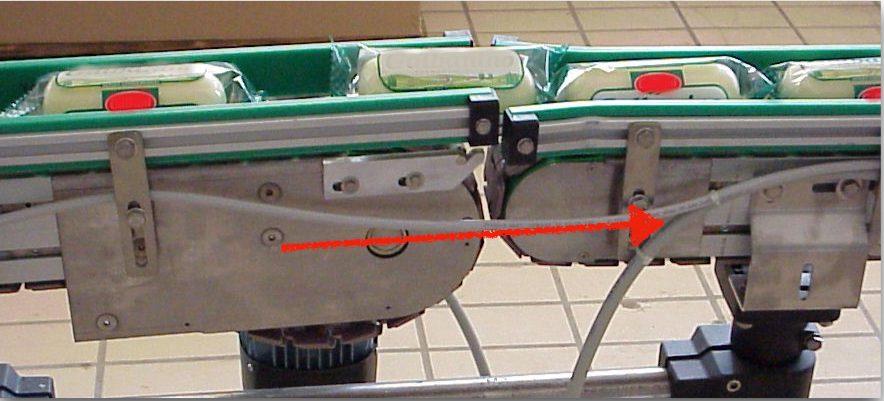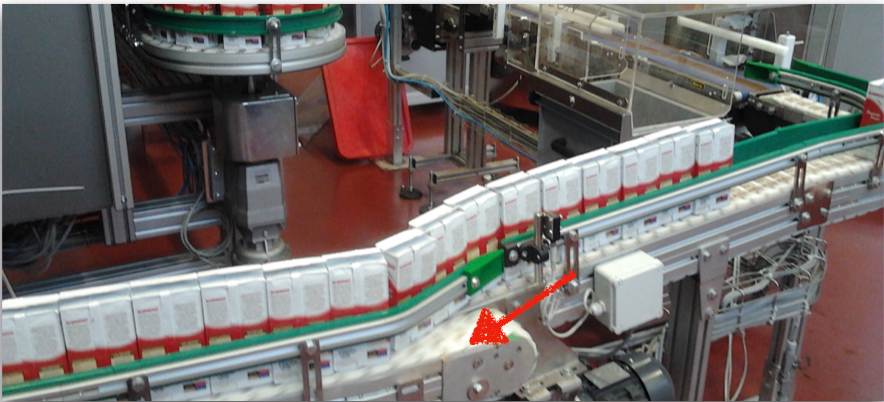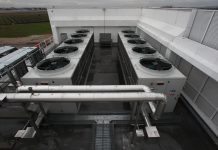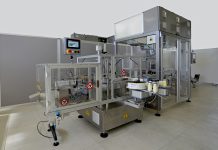
The transitions from one conveyor belt to another are a critical element but often overlooked in the design of the plant layout. Here is an abstract of MH’s ConveyorU informative campaign on this topic.
Critical point of the plant layout, the transitions between conveyor belts are necessary whenever two machines are too distant to be connected with a single drive. Taking into account that in most cases the packaging machines have their own infeed and exit conveyors, the criticality considerably increases. But this does not scare MH-Material Handling, the company that focussed its activity on “movement design”.

Motor-driven head passages
There are three main types of passages between conveyor belts: head passages (even with motorized transfers), side by side, with 90° transfer. The most common passages in the food industry are head passages, whereby the transition occurs along the motion axis. For a correct sizing it is necessary to take into account the winding diameters of the ends of the two conveyor belts and the length of the handled products. The correct execution of the passage requires that the length of the products is greater than the sum of half of the two diameters. Transit surfaces or idle rollers may be interposed between the conveyors to improve product stability during the transition and reduce bouncing. Motor-driven transits are a particular type of head passage. They are quite expensive compared to their small size, but essential for the smooth transfer from one conveyor to the next of small products that cannot run side by side.
Motor-driven transitions usually consist in small conveyor belts, with very small winding diameters at the ends, which are interfaced with the larger diameters of the conveyors downstream and upstream, thus allowing to minimize the gap between conveyors. They can be belts, modular chains, rollers or centering belts; they can be driven by one of the neighbouring conveyors by means of a transmission or have their own independent motor.

Transitions at 90° or side-by-side
Side-by-side transitions are achieved by means of lateral guides which laterally transfer the products from one conveyor to the other one. “For the smooth transition of these products the conveyors should be equipped with a conveying chain or belt, flush-mounted with the conveyor structure,” explains Luca Fontana, MH’s Sales Manager.
This kind of transitions is particularly indicated for high and unstable products, but also for small products that would not pass over the “gap” between two conveyors in presence of a head passage. On the other hand, since the transfer is made thanks to lateral guides, there are more risks that the product – due to its surface peculiarity – can squeeze itself between side guides and chain, creating hindrances or damaging the package.
90° transfers are made alternatively at high speed, launching the product from one conveyor to another one, whose motion is perpendicular to the previous one, and thus changing the direction of travel; or at low speed, so that the motion of the exit conveyor will rotate the product during the transfer. This second possibility is particularly useful when a curve would be necessary, but the available space does not allow it.



